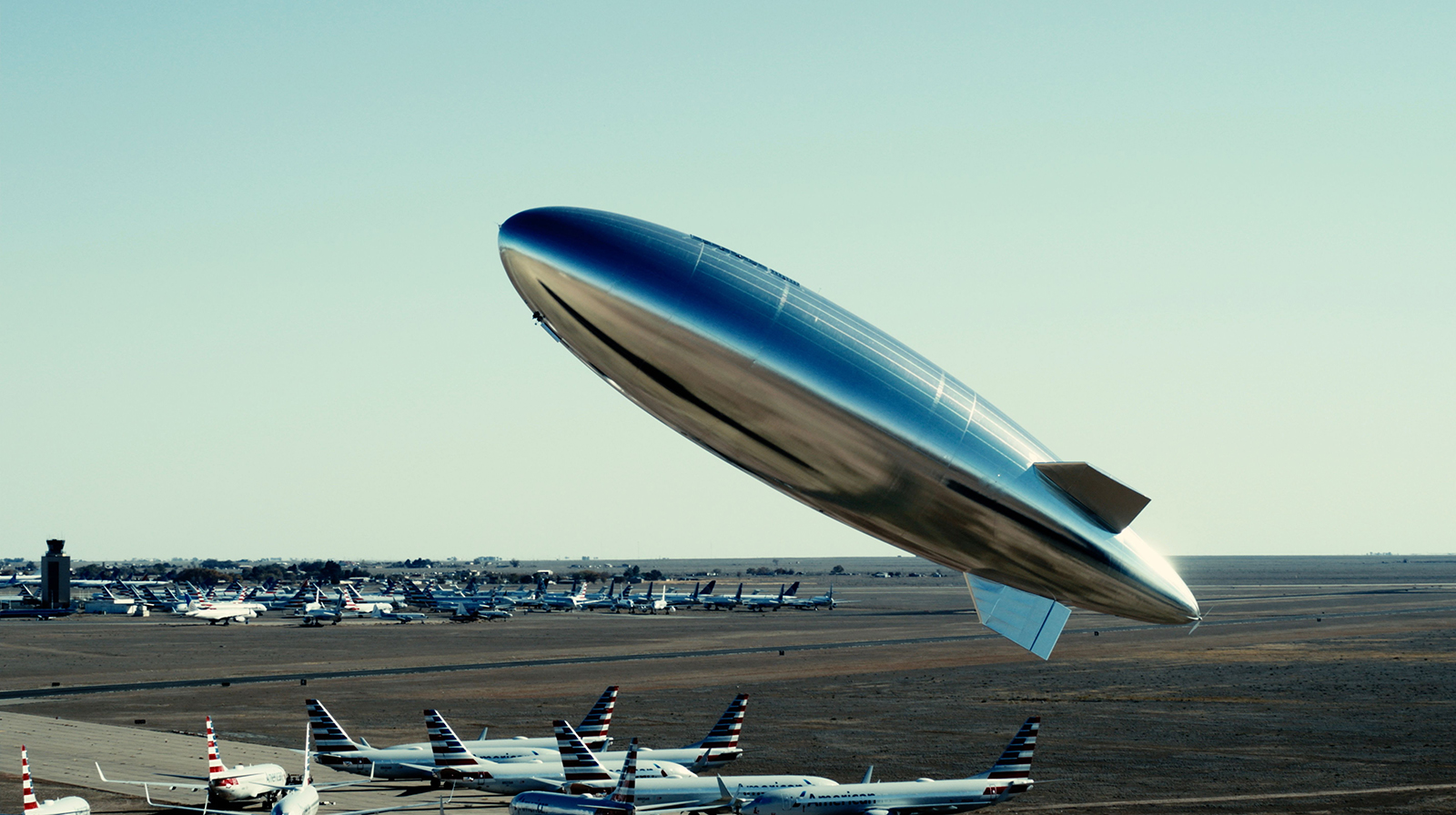Stay Up to Date
Submit your email address to receive the latest industry and Aerospace America news.
The Air Transportation Systems Technical Committee fosters improvements to air transportation systems and studies the impacts of new aerospace technologies.
A strong and growing global air travel demand, supported by the lifting of air travel restrictions in most countries, fueled the global airline industry’s continued recovery this year from the impacts of covid-19. In June, the International Air Transport Association projected a total of 3.8 billion passengers for the year — 83% of pre-pandemic levels — and a record high air cargo volume of more than 68 million tons, resulting in a global airline industry loss of $9.7 billion this year down from $42.1 billion in 2021. Only the North America region was expected to achieve profitability, with an estimated $8.8 billion profit.
The ongoing war in Ukraine led to rising fuel and operating costs for airlines. In February, Ukraine completely closed its airspace, and Russia followed suit, closing its airspace to airlines of 36 countries. Airlines attempted to offset the additional costs from rerouting flights around those airspaces by using more fuel-efficient aircraft and streamlining operations. In June, IATA reported that more than 1,200 new fuel-efficient aircraft were scheduled to be delivered to airlines this year.
In October, member states of the International Civil Aviation Organization adopted the goal of achieving net-zero carbon emissions by 2050, a target that IATA member airlines had committed to in October 2021.
Throughout the year, FAA started deploying surface operations software that resulted from a multiyear research and testing collaboration with NASA and industry partners under the NASA Airspace Technology Demonstrations project. The software was to be deployed through the Terminal Flight Data Manager program at 89 airports across the United States, beginning with Cleveland Hopkins International Airport in October. Once complete, FAA anticipates reductions of 313 million gallons of fuel used and 3 million metric tons of carbon emissions.
In August, the White House Office of Science and Technology Policy hosted a summit on advanced air mobility to look at the future of U.S. aviation and the regulatory strategy toward responsible and equitable adoption of these aircraft, which include two- to six-passenger electric vertical takeoff and landing aircraft. The summit focused on how AAM can help achieve goals for U.S. domestic policy, national security, climate and job creation. Meanwhile, manufacturers of eVTOL aircraft continued working with FAA and the European Union Aviation Safety Agency to make progress toward certification. In May, FAA awarded a Part 135 Air Carrier Certificate to Joby Aviation of California, allowing the company to begin commercial operations with fixed-wing aircraft in preparation for future passenger flights with air taxis.
In June, Sceye Inc. launched one of its solar- and battery-powered lighter-than-air stratospheric platforms from the New Mexico desert. The test demonstrated the High-Altitude Platform Station could be deployed as a geostationary platform over an area for an extended period of time, a key aspect for future commercial operations, including providing internet connectivity and collecting data on industrial pollution and wildfire threats, among other areas. In March, FAA and NASA announced the Unmanned Aircraft System Traffic Management, or UTM, Field Test project and invited industry partners to collaborate. The project would facilitate using drones for various business cases by conducting test flights in various scenarios. The project will engage UAS service suppliers, operators and government stakeholders to continue to expand UTM capabilities.
Stay Up to Date
Submit your email address to receive the latest industry and Aerospace America news.




